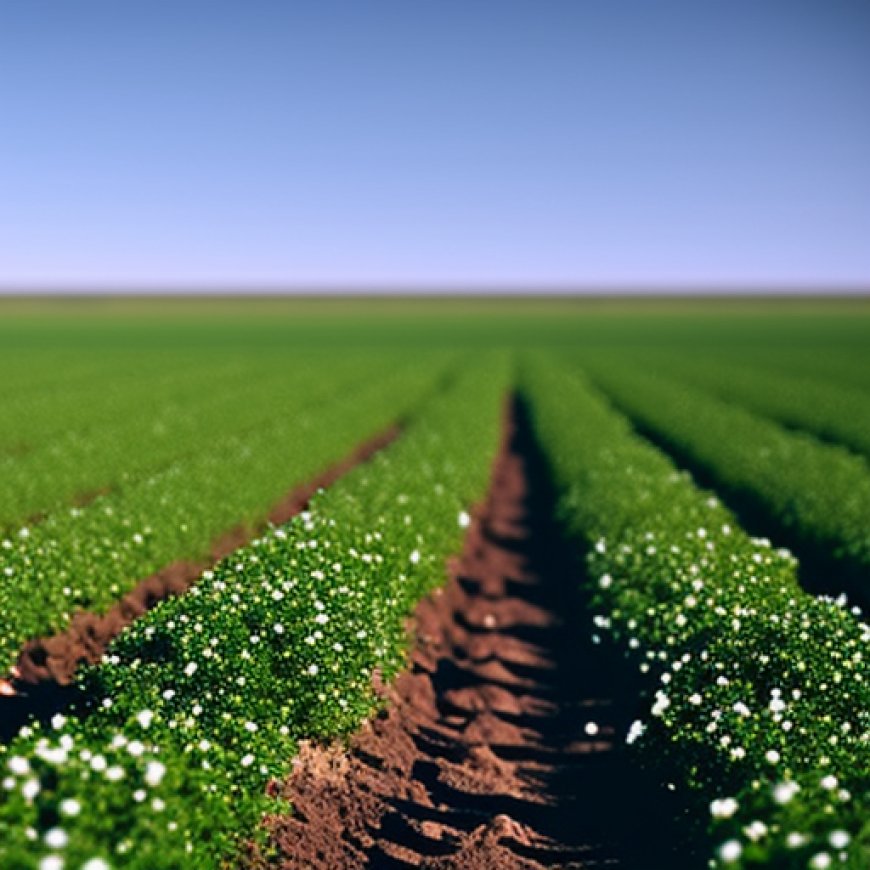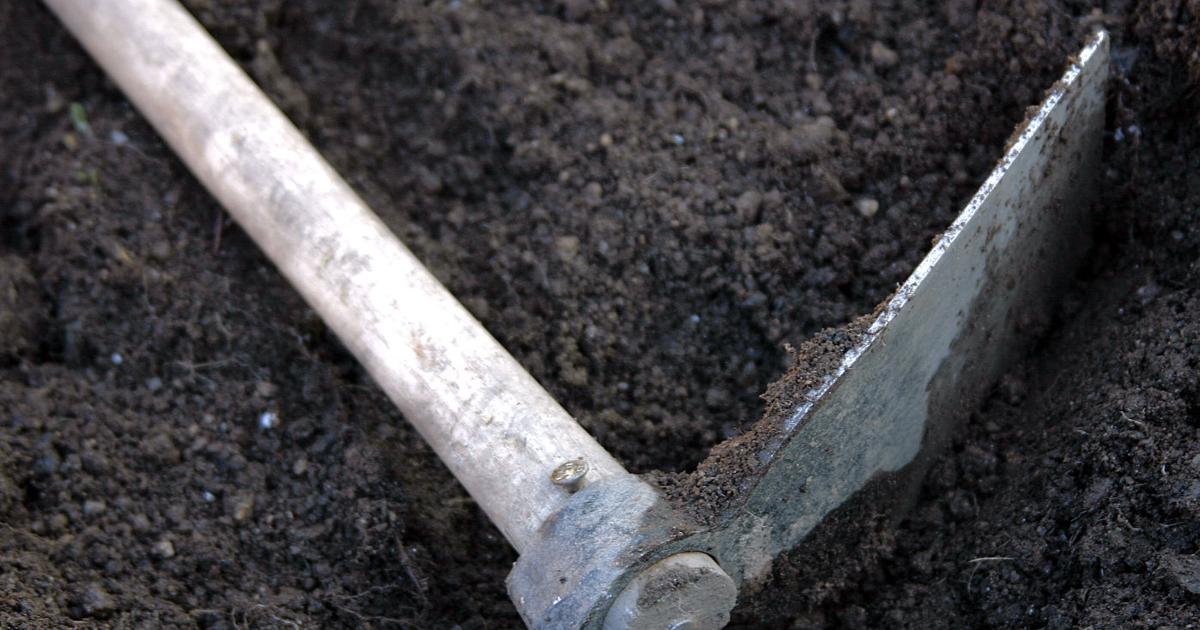Texas statewide soil health research to benefit farmers, economic return
Texas statewide soil health research to benefit farmers, economic ... Weatherford Democrat


Agricultural Collaboration in Texas to Improve Soil Health

A statewide research collaboration between Texas A&M AgriLife Research and MyLand Company Inc. of Arizona will seek to improve soil health across 12,000 acres of commercial farmland in Texas to enhance quality of life and economic return for farmers.
Research efforts over the next two years will focus on more than 20 unique crops, multiple ecosystems and soil types, and several growing regions. The collaboration merges the comprehensive agriculture, life sciences and natural resources expertise of AgriLife Research with MyLand’s scalable regenerative agriculture impact focuses of water availability, salinity, nutrient-use efficiency and carbon cycling.
“It is critical to improve infrastructure and do work that’s valuable to commodity entities across Texas,” said G. Cliff Lamb, director of AgriLife Research. “Through our combined expertise and resources, we can unlock unprecedented opportunities to revolutionize agriculture for Texas farmers. This program represents a shared commitment to foster cutting-edge research, promote sustainable practices and propel the state’s agriculture industry toward a more prosperous and sustainable future.”
Advancements in Agriculture and Sustainable Development Goals
The collaboration aims to drive significant advancements in agriculture and address critical challenges facing the global agricultural community. The researchers anticipate far-reaching positive impacts on the state of Texas through regenerative and sustainable practices.
“It’s a privilege to work with AgriLife Research through this essential initiative to drive soil health,” said Dane Hague, co-founder and CEO of MyLand. “Research and replicable data advance farmers adoption of new agriculture practices. This is just the start of a long-term relationship that will allow us to broaden the scope of our research focus and amplify the impact of our service, ultimately benefiting Texas farmers.”
SDGs, Targets, and Indicators
-
SDG 2: Zero Hunger
- Target 2.4: By 2030, ensure sustainable food production systems and implement resilient agricultural practices that increase productivity and production, that help maintain ecosystems, that strengthen capacity for adaptation to climate change, extreme weather, drought, flooding, and other disasters, and that progressively improve land and soil quality.
- Indicator: Soil health improvement across 12,000 acres of commercial farmland in Texas.
-
SDG 15: Life on Land
- Target 15.3: By 2030, combat desertification, restore degraded land and soil, including land affected by desertification, drought, and floods, and strive to achieve a land degradation-neutral world.
- Indicator: Improvement of soil health through regenerative and sustainable practices.
Table: SDGs, Targets, and Indicators
| SDGs | Targets | Indicators |
|---|---|---|
| SDG 2: Zero Hunger | Target 2.4: By 2030, ensure sustainable food production systems and implement resilient agricultural practices that increase productivity and production, that help maintain ecosystems, that strengthen capacity for adaptation to climate change, extreme weather, drought, flooding, and other disasters, and that progressively improve land and soil quality. | Soil health improvement across 12,000 acres of commercial farmland in Texas. |
| SDG 15: Life on Land | Target 15.3: By 2030, combat desertification, restore degraded land and soil, including land affected by desertification, drought, and floods, and strive to achieve a land degradation-neutral world. | Improvement of soil health through regenerative and sustainable practices. |
Analysis
The article discusses a research collaboration between Texas A&M AgriLife Research and MyLand Company Inc. to improve soil health across 12,000 acres of commercial farmland in Texas. This initiative aligns with SDG 2: Zero Hunger and SDG 15: Life on Land.
Under SDG 2, the specific target addressed is Target 2.4, which aims to ensure sustainable food production systems and implement resilient agricultural practices that improve land and soil quality. The article mentions that the research efforts will focus on enhancing soil health, which directly contributes to achieving this target.
For SDG 15, the specific target addressed is Target 15.3, which focuses on combating desertification, restoring degraded land and soil, and achieving a land degradation-neutral world. The article highlights the collaboration’s goal of driving significant advancements in agriculture and addressing critical challenges facing the global agricultural community through regenerative and sustainable practices. This aligns with the target of restoring degraded land and soil.
The indicators mentioned in the article include the improvement of soil health across the 12,000 acres of commercial farmland in Texas and the use of regenerative and sustainable practices. These indicators can be used to measure progress towards the identified targets.
Behold! This splendid article springs forth from the wellspring of knowledge, shaped by a wondrous proprietary AI technology that delved into a vast ocean of data, illuminating the path towards the Sustainable Development Goals. Remember that all rights are reserved by SDG Investors LLC, empowering us to champion progress together.
Source: weatherforddemocrat.com

Join us, as fellow seekers of change, on a transformative journey at https://sdgtalks.ai/welcome, where you can become a member and actively contribute to shaping a brighter future.







